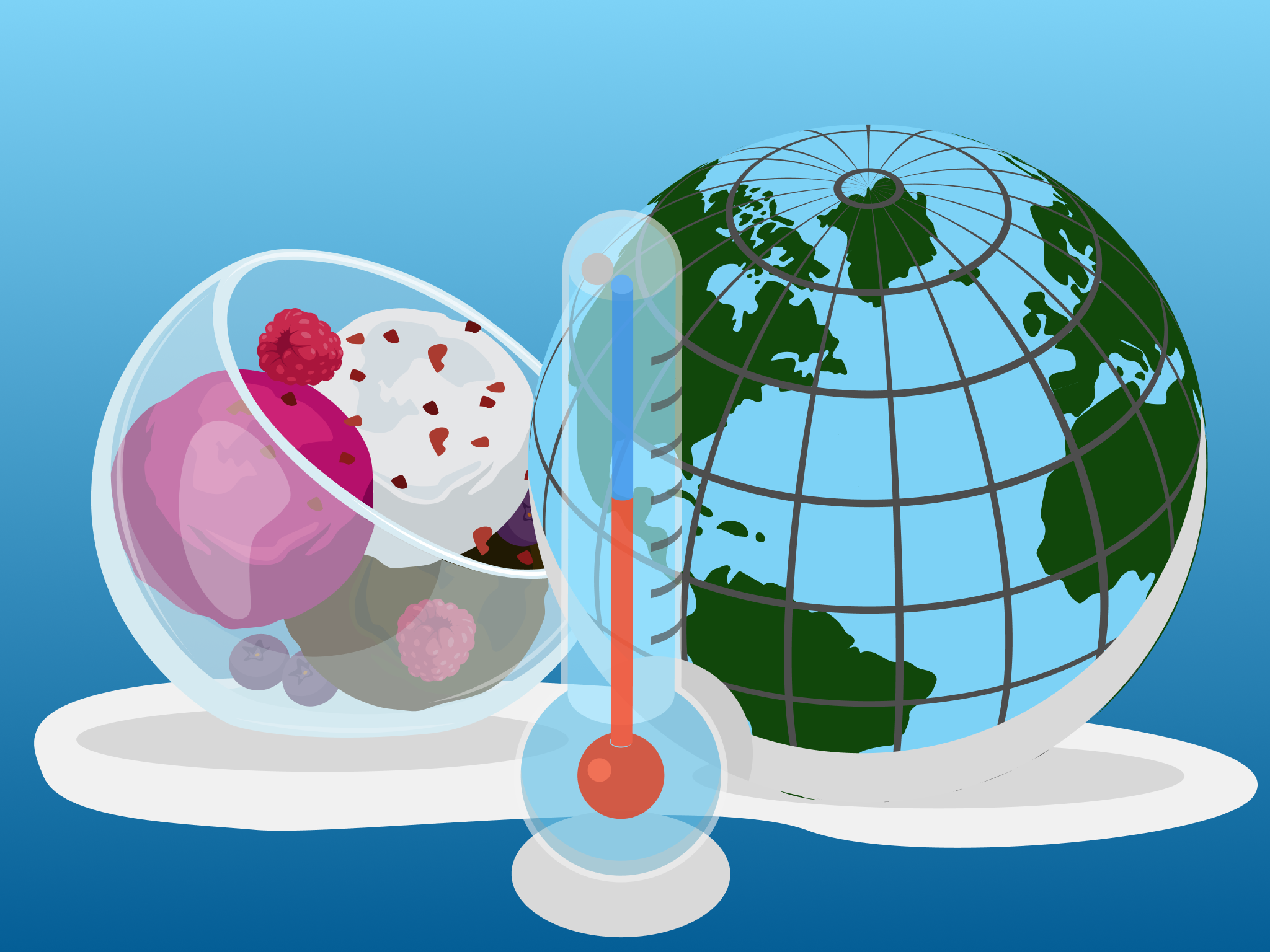Unilever is Rethinking Ice Cream to Reduce Emissions and Energy Costs

Unilever raises the (temperature) bar
Unilever, the folks behind Ben & Jerry’s, Breyer’s, Klondike, and Talenti, recently issued a groundbreaking announcement—at least in the world of ice cream. They are currently rethinking how to formulate their frozen desserts to withstand a warmer holding temperature of 10°F rather than the historical industry standard of 0°F.
This endeavor could have a significant impact on the broader market in light of the fact that the multinational consumer goods leader controls nearly 20% of the global ice cream market.
Plus, achieving this feat could deliver Unilever tremendous environmental and economic results—reducing the energy use and carbon emissions of 3 million freezers by up to 30%.
Why we believe this is a great step forward in our battle against massive cooling costs
Cooling plays a critical function in ensuring the safety and quality of Unilever’s food and beverage products—especially ice cream. Despite its necessity, refrigeration is also responsible for causing negative economic and environmental consequences.
In fact, during the 2022 Techonomy Climate: Tech Confronts the Crisis event, GlacierGrid Founder & CEO Manik Suri shared this:
“We’re not anywhere as close to where we need to be with the cold chain as it’s growing. And there’s a huge amount of food spoilage and loss across the cold supply chain.
We’re talking about billions of dollars worth of inventory that’s wasted and lost every year.”
To add to that, refrigeration actually causes more warming than most of us can imagine. Consider that Unilever’s 3 million ice cream freezers account for roughly 10% of the company’s overall greenhouse gas footprint. That is astounding, especially in light of the fact that Unilever owns more than 400 brands worldwide.
In addition to emitting greenhouse gasses, cooling is incredibly energy-intensive—with measurements reading up to 60% a business’ overall energy costs. This drives up the company’s electricity costs, a trend that has been exacerbated in recent years by the rising price of energy.
Small business owners have been especially impacted and have therefore searched for innovative strategies to reduce electricity consumption.
Unilever noticed some of these cost-cutting efforts in 2022 when it learned that many convenience store owners who sell its ice cream products were manually shutting off their freezers earlier in the day—which hurt sales by compromising product quality.
These practices, along with rising concerns around sustainability, motivated Unilever to innovate.
How Unilever is innovating the product side of the cooling cost battle
To offset cooling costs, Unilever began reformulating some of its ice cream to withstand a higher temperature of 10°F instead of the historical industry standard of 0°F.
Accomplishing this product innovation has the potential to deliver tremendous environmental and economic results by reducing both the energy use and emissions of each freezer by 20% - 30%.
The fact that Unilever, a huge multinational company, is rethinking ice cream refrigeration demonstrates the urgent need to make cooling more cost-efficient and climate-friendly.
How your business too can join the battle against rising cooling costs
Smart Cooling Platform GlacierGrid directly supports this mission by bringing optimization to your HVAC and refrigeration equipment.
You can expect a guaranteed 10% savings on your restaurant’s monthly electricity bills while significantly reducing our customers’ carbon footprint.
Cut your cooling costs without cutting corners—book a demo now!







